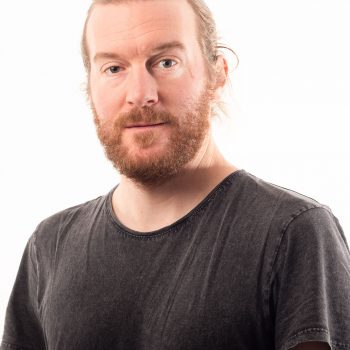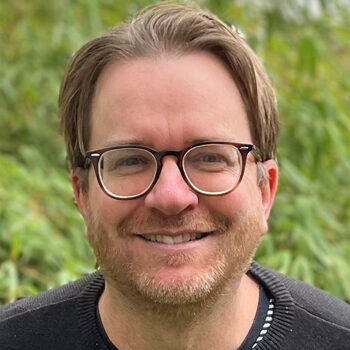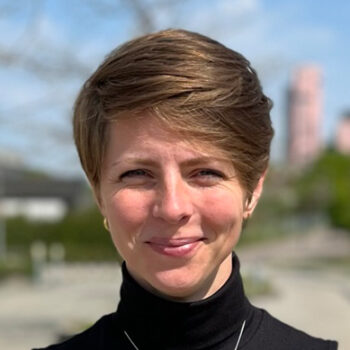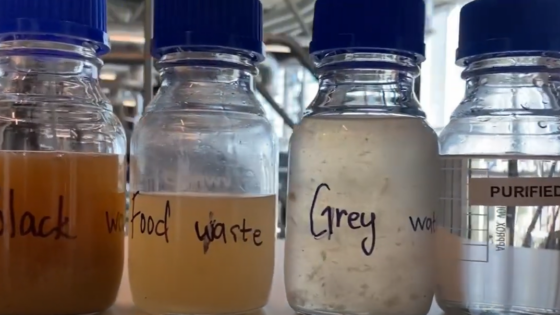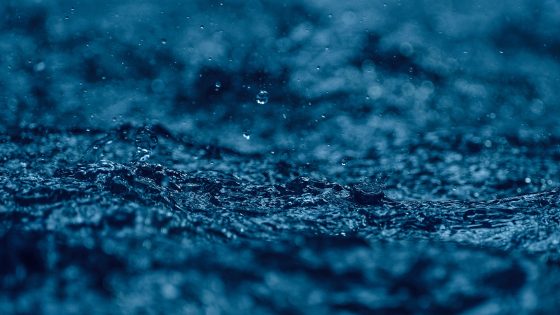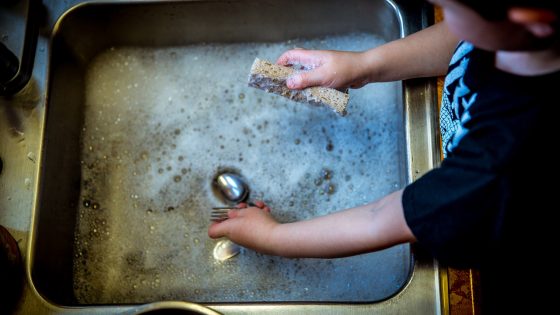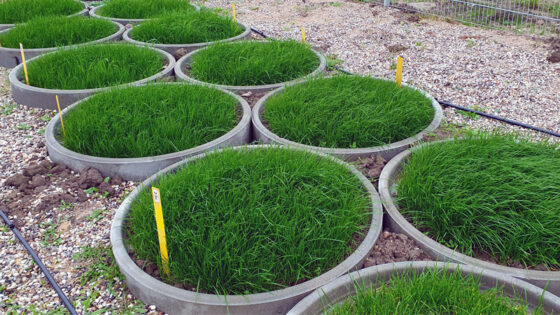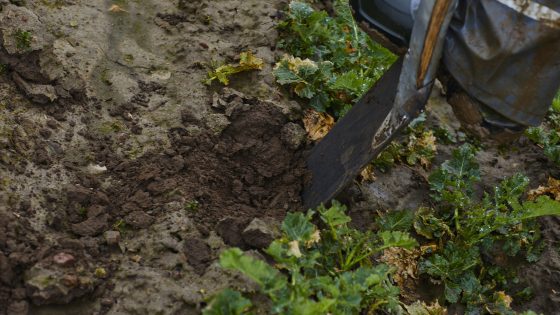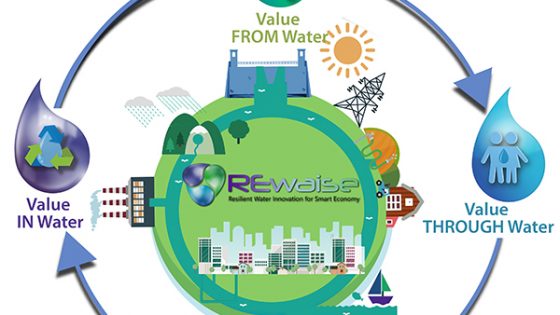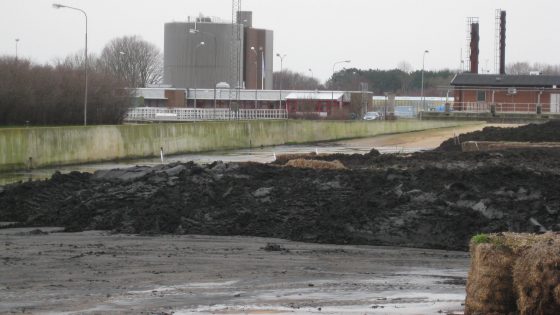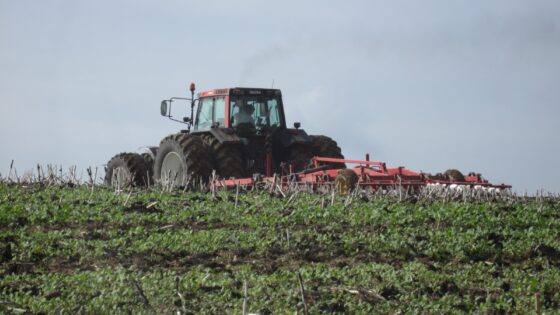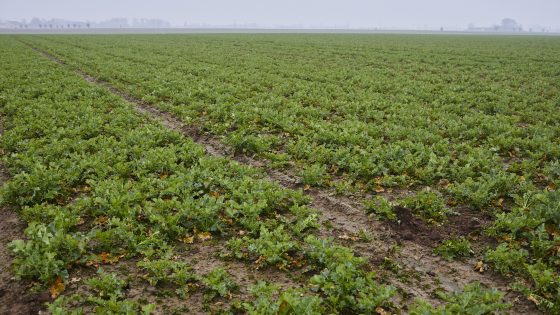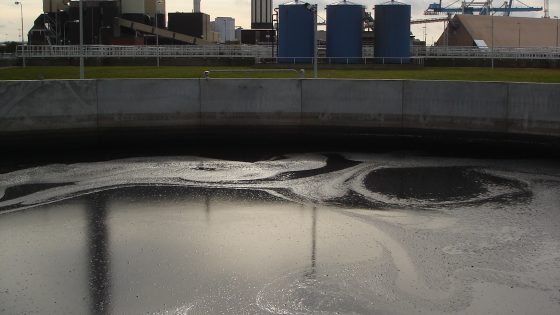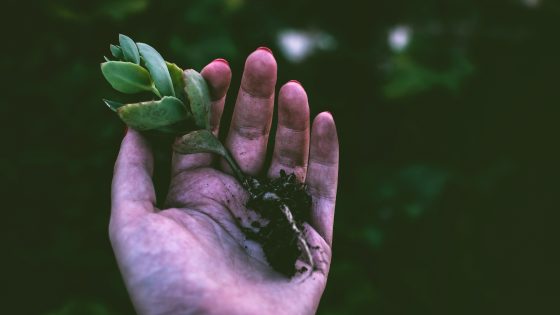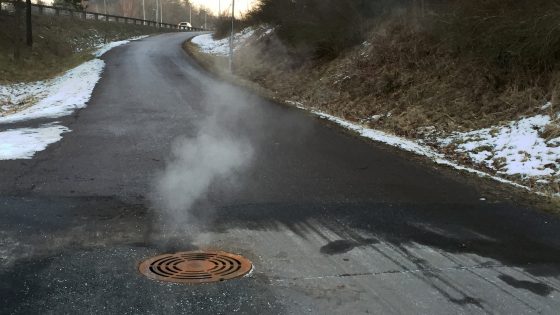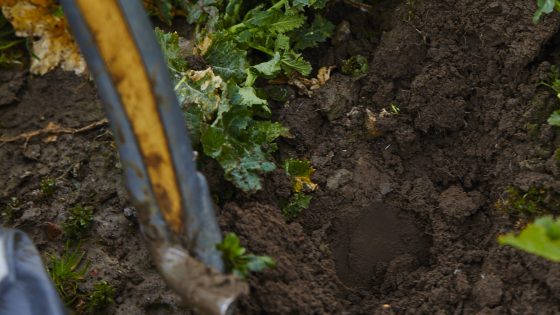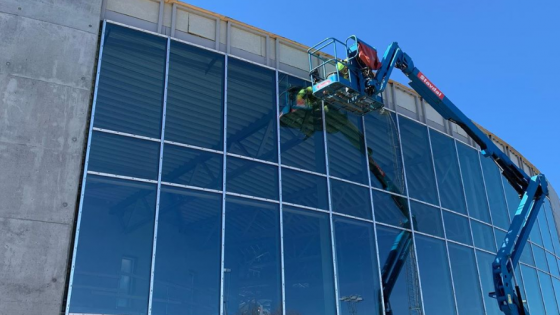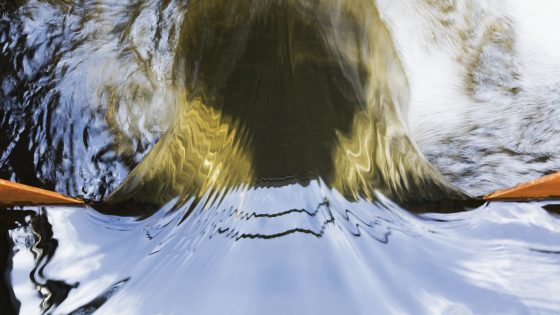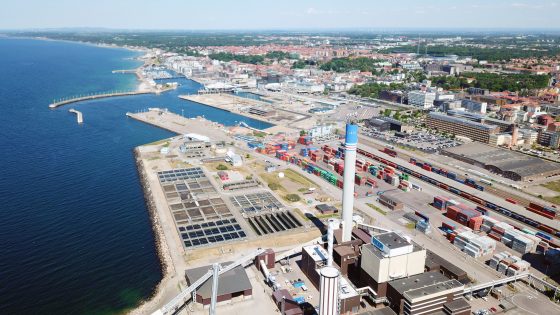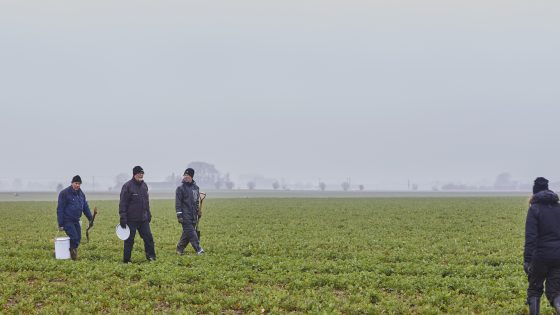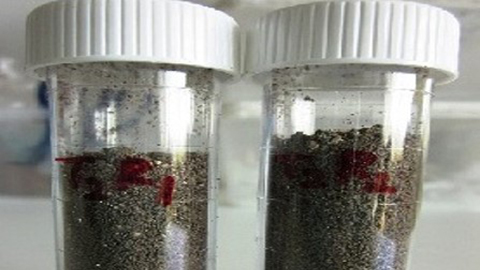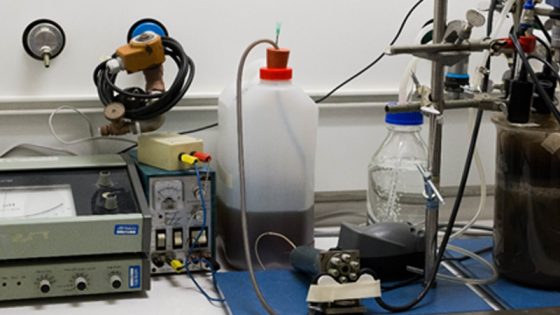Today’s conventional wastewater system is a linear system that is built to be just that. The water, which is not only used as a water source but also as a transport medium, is not reused at all. The plant nutrients in the wastewater are returned to agriculture to a very small extent.
Circular wastewater systems
The organic material is also returned to a small extent to agriculture, but about a third is used to produce biogas. The heat in the drain is used to some extent at the centralized treatment plants, where, however, a lot of heat has already been lost on the road. In addition, a variety of chemicals are added to the sewer system which makes it difficult to easily introduce circular sewer systems.
Our linear sewage system contributes to a vulnerable society built on a few drinking water sources, an agriculture completely dependent on imported mineral fertilizers, an agricultural land depleted of organic material and a district heating system built on forest raw materials that generate net carbon dioxide emissions in the short term. We can not change the linear system in the short term. Solutions for circular systems must take into account the current system, but in the case of renovation and new construction, circular systems can already be considered today.
A circular sewage system in our region would mean that
- All plant nutrients in the sewer are included in the local food production.
- The heat in the wastewater is reused.
- Some of the organic material in the sewage is used for energy to maintain the sewage system. The rest of the organic material will be included in the local food production.
- The water in the drain is reused.
Purpose
The purpose of this focus area is to create sustainable circular sewage systems by developing and testing new technical solutions in both centralized and distributed and decentralized systems.
The following areas currently have a high priority within the focus area
Sludge spreading on arable land
In today’s conventional wastewater system, a sludge is produced at the wastewater treatment plant that contains a very large proportion of phosphorus (> 90%) in the wastewater but a very small proportion of nitrogen (15-20%) and other plant nutrients. Hygiene of the sludge takes place by storing the sludge for at least six months. One third of all sewage sludge in Sweden is then spread on arable land. In addition to the supply of plant nutrients, this sludge contributes to improving the soil’s structure and increased carbon storage via the supply of soil (organic material). However, sludge spreading on arable land can mean increased amounts of environmental toxins in the agricultural land from the substances found in the sludge.
Since 1981, an experiment has been conducted with continuous sludge spreading on arable land in Igelösa and Petersburg in Skåne. We study, among other things, the impact of sludge on yield, carbon storage, the presence and accumulation of environmental toxins, other substances, microplastics and antibiotic resistance in the soil and the uptake of environmental toxins in cultivated crops.
We are considering how we can improve the sludge’s properties and content so that it can continue to be a sustainable and attractive product in agriculture in the future.
Alternative sludge deposition
If sludge spreading on arable land is prohibited, or if the sludge contains too high levels of environmental toxins and thus prevents sludge spreading, the wastewater system must have alternative methods of handling the sludge and recycling the content of plant nutrients and carbon. Today’s alternatives such as the production of construction land and landfill coverage will probably not be approved alternatives in the future.
We study alternative methods such as combustion and pyrolysis with phosphorus extraction. At present, however, the level of technological maturity is low for these alternatives. We study alternative methods through system analyzes and how new plant nutrition products can fit into today’s agriculture. We closely monitor technology development, together with others, in networks such as the Svenska Näringsplatformen.
Plant nutrients in sewage – a natural part of food production
Today’s approach, which is to improve the linear system by seeing wastewater as a resource, especially with regard to phosphorus content and biogas potential, is not enough to obtain circular sewage systems. We should
- see wastewater as an important and natural integral part of the food and agricultural system,
- focus on more plant nutrients than phosphorus and increase carbon recycling, and
- emphasize that better management of society’s plant nutrient flows reduces the vulnerability of food production and reduces its environmental impact.
We work to increase the understanding of the importance of good management of plant nutrients through substance flow and sustainability analyzes and through communicative efforts.
Future wastewater systems
About 90% of the nitrogen, 90% of the phosphorus and 80% of the potassium in the wastewater (excluding the content of the drinking water) originate from human urine and faeces. The majority of plant nutrients are found in the urine. However, the urine accounts for only 1% of the water and 10% of the organic material in the sewage. Feces contain close to 60% of the total amount of organic matter. It is obvious that the toilet drain contains most of the resources in the wastewater in addition to the water and the heat, which the bathing, washing and washing water contribute.
Source-sorting wastewater system where the toilet sewage is not mixed with the bath, dishwashing and washing water (BDT water) and supplementary water generates a concentrated sewage stream that can be used directly in agriculture or further treated to more easily extract both phosphorus and nitrogen in the wastewater and produce more biogas. In addition, the BDT water can undergo a simpler purification process or the water can undergo a more far-reaching purification to constitute an alternative to drinking water use. We study sorting sewer systems as a solution for new and remodeling of homes and other houses.
In Oceanhamnen in Helsingborg, there is a source-sorting system connected to a treatment plant called Reco Lab, which includes plant nutrient extraction, biogas production and water recycling. Reco Lab also functions as a test bed for testing different technologies for wastewater management and as a communicative center for technology development in water and sewerage systems.
In Malmö and Lund, we are studying a distributed source sorting system where the urine is captured and dried directly in the toilet to directly obtain a concentrated fertilizer that includes all the plant nutrients in the urine. The rest of the sewage is led via the existing sewage network to the existing central treatment plant. Sewage treatment without urine requires significantly less energy, is compact and leads to significantly better carbon utilization (more sludge and more biogas).
Upstream work
Upstream work in the wastewater system aims to prevent and / or reduce the amount of environmental pollution that is added to the sewage. This contributes to a cleaner water environment, that resource-intensive treatment can be avoided and also facilitates the introduction of circular sewage systems.
We describe the upstream work in Swedish VA organizations and what it may look like in the future. To develop the upstream work, the municipalities need more guidance, platforms for exchanging experiences and good computer tools.
Improved biogas production
At today’s wastewater treatment plants, the sludge is digested to extract biogas from the organic material. But the two originally most important aspects of digestion are that the amount of sludge is reduced and the sludge is stabilized. The latter means that the smell of the sludge is reduced.
We want to increase the amount of organic material that reaches the digesters, but also increase the amount of biogas in existing sludge if the biogas can be handled in a good way. We are also studying adding other external organic materials to utilize existing digestion chambers in society in an efficient way, but also to find synergy effects that lead to higher biogas production overall.
Heat recovery
About 80% of the energy in the municipal wastewater consists of heat. However, this energy is inferior. The heat contributes less than 10% of the total exergy content of the wastewater. Households’ energy use for heating domestic hot water amounts to approximately 3% of the total Swedish energy use. There is a potential in recovering more than half of this heat.
We are investigating how heat recovery from wastewater can be done in the best way.
Recycled water
Water shortages, due to drought, and a drinking water system built around a few quarries lead to the search for additional water sources. Reuse of treated wastewater is now also being investigated in our region. The water could advantageously be used in agriculture, in industry etc. and for groundwater recycling or directly as drinking water. For the different applications, different water quality is required, and thus different purification techniques.
We are currently contributing to system analyzes in order to assess whether we should proceed with implementing treatment to be able to reuse the wastewater from the respective treatment plant, or locally on the pipeline network.
Objectives of the focus area
By 2025, we should know:
- which sludge disposal methods that are suitable for our region,
- how we should utilize the energy content in waste water in the best way,
- in what ways we need to reuse water in our region, and
- how we should consider decentralized and distributing waste water systems in current and new systems.
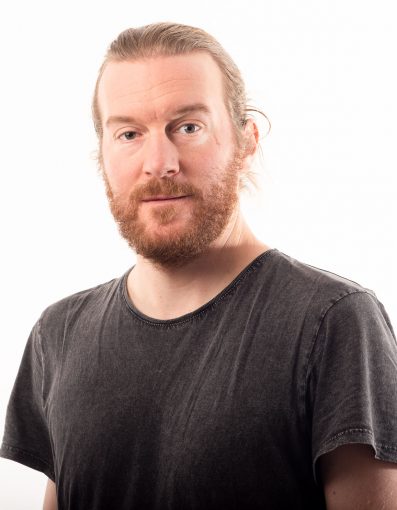
Focus area leader
David Gustavsson
david.gustavsson@vasyd.se
+46 738 530 150


